Looking for insight/guidance from Wellspring please...
woodyoak zone 5 southern Ont., Canada
16 years ago
Related Stories
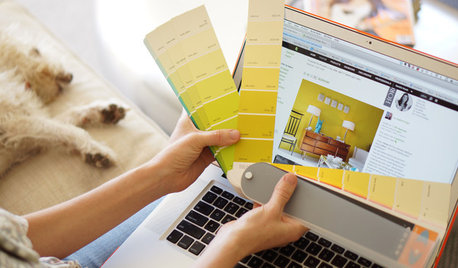
WORKING WITH PROSWorking With Pros: When You Just Need a Little Design Guidance
Save money with a design consultation for the big picture or specific details
Full Story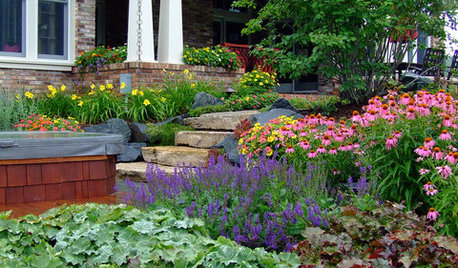
INSIDE HOUZZInside Houzz: New Data Offer Insights on Landscaping Trends
Homeowners are looking to manage water and add more enjoyment to their landscapes, according to a new Houzz survey
Full Story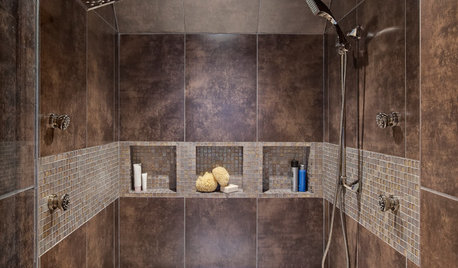
REMODELING GUIDESBathroom Remodel Insight: A Houzz Survey Reveals Homeowners’ Plans
Tub or shower? What finish for your fixtures? Find out what bathroom features are popular — and the differences by age group
Full Story
DECORATING GUIDES10 Bedroom Design Ideas to Please Him and Her
Blend colors and styles to create a harmonious sanctuary for two, using these examples and tips
Full Story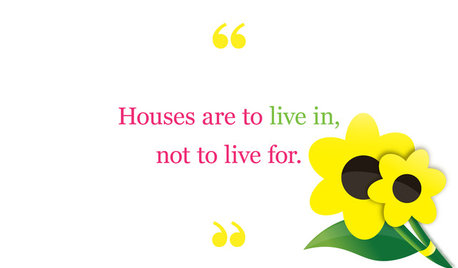
MOTHER’S DAYWhat We've Learned From Mom About Home
Share cherished memories as Houzzers recall the special traits, insights and habits of their mothers
Full Story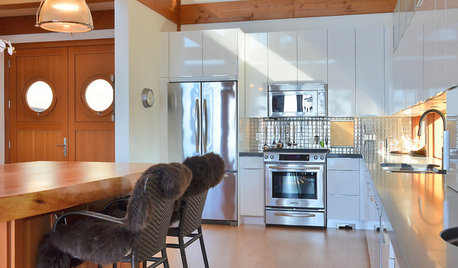
REMODELING GUIDES6 Must-Know Lessons From a Serial Renovator
Get your remodel right the first time, with this insight from an architect who's been there too many times to count
Full Story
COLORImitating Art: Color Palettes from Paintings
Borrow the eye of an artist when choosing paint colors for your home
Full Story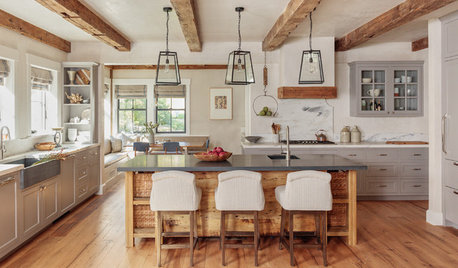
WORKING WITH PROSInside Houzz: What You Can Learn From a Houzz Photo
Get access to the designer's info, product names, other photos in the project and much more by clicking on a Houzz image
Full Story
DECORATING GUIDESFrom Queasy Colors to Killer Tables: Your Worst Decorating Mistakes
Houzzers spill the beans about buying blunders, painting problems and DIY disasters
Full Story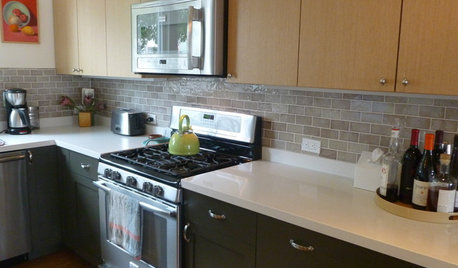
KITCHEN DESIGNPearls of Wisdom From a Real-Life Kitchen Remodel
What your best friend would tell you if you were embarking on a renovation and she'd been there, done that
Full Story





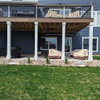
wellspring
woodyoak zone 5 southern Ont., CanadaOriginal Author
Related Discussions
Looking for some insight on cognitive dysfunction syndrome
Q
looking for guidance
Q
Funcolors - Insight Please?
Q
Amax leather furniture, looking for insight
Q
wellspring
woodyoak zone 5 southern Ont., CanadaOriginal Author
pat4750
wellspring
woodyoak zone 5 southern Ont., CanadaOriginal Author
wellspring
woodyoak zone 5 southern Ont., CanadaOriginal Author